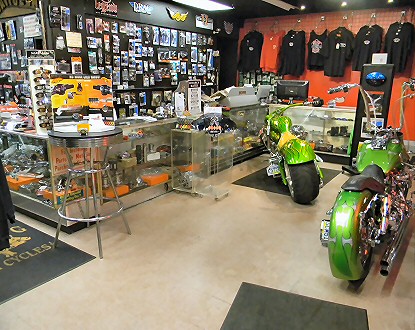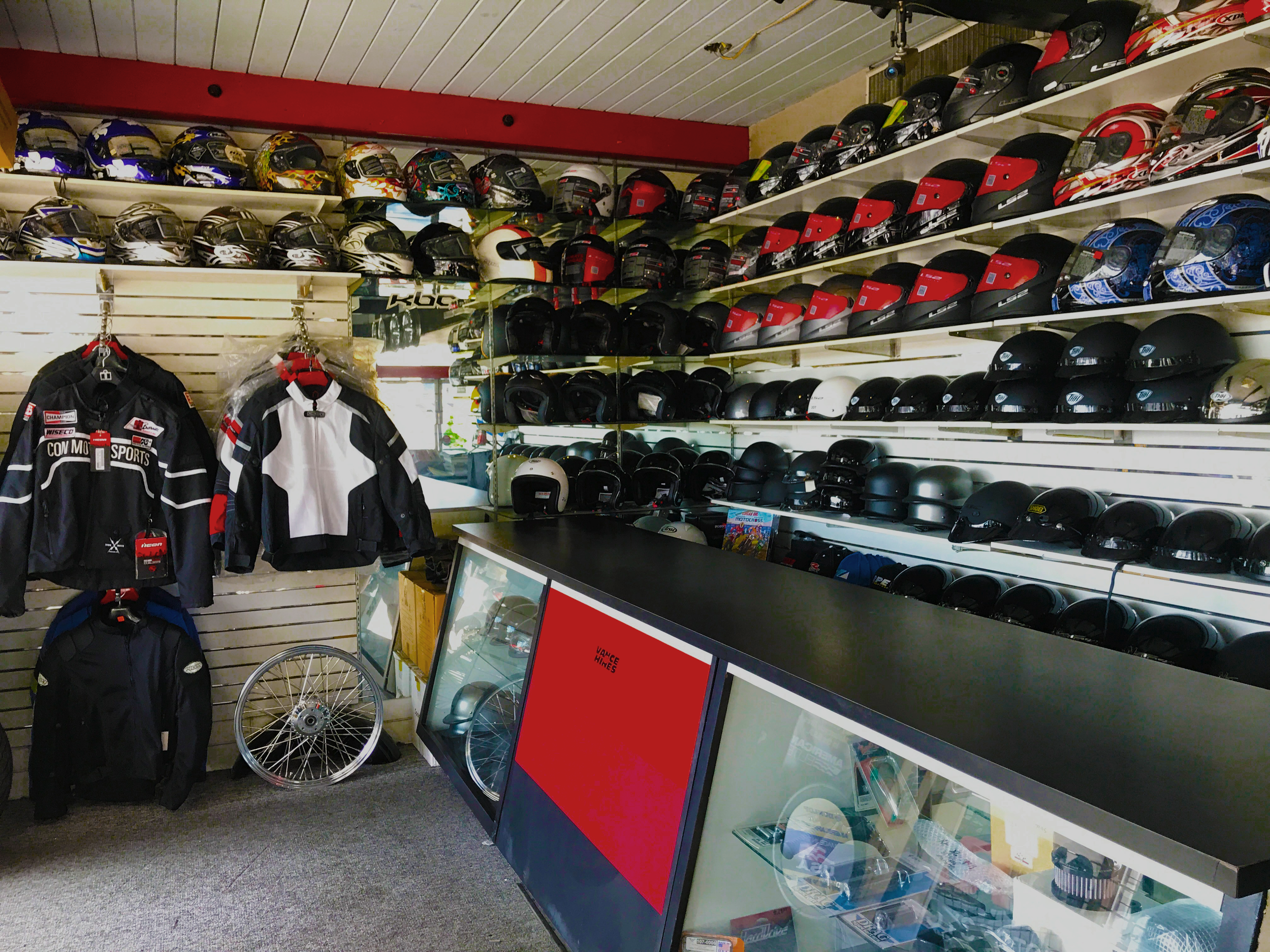Vital Motorcycle Parts NZ for Peak Performance and Safety And Security
Vital Motorcycle Parts NZ for Peak Performance and Safety And Security
Blog Article
Comprehending the Important Parts of a Bike: A Comprehensive Guide for Lovers
For motorcycle lovers looking to raise their riding experience and ensure their bikes run smoothly, comprehending the crucial components of a motorcycle is critical. Each element, from the engine's elaborate functions to the vital function of the braking systems, not only affects performance but also safety and comfort.
Engine Components

The camshaft plays an essential duty in managing the timing of the engine's shutoffs, guaranteeing the specific opening and closing required for reliable fuel and air consumption, as well as exhaust expulsion. This timing is essential to maintaining ideal engine performance and effectiveness. In addition, the carburetor or fuel injection system, relying on the motorcycle design, is liable for mixing air with fuel in the correct proportion for burning.
The air conditioning system, either air or liquid-based, functions to maintain the engine's temperature within functional restrictions, protecting against getting too hot and ensuring durability - motorbike shop. Each part, carefully created and incorporated, adds to the seamless operation of the engine, specifying the motorbike's power outcome and total performance
Transmission System
Essential to the motorbike's capability, the transmission system ensures efficient power transfer from the engine to the wheels. This system makes up a number of important elements, including the clutch, gearbox, and last drive, each playing an essential function in equating the engine's power into motion. The clutch, normally run by a hand lever, serves to disengage the engine and engage from the transmission, enabling for smooth gear changes and controlled velocity.
The transmission, usually described as the transmission correct, has a collection of equipments that motorcyclists can by hand shift through to adjust the bike's speed and torque outcome. These gears are organized in a sequence that makes it possible for the bike to increase efficiently and keep ideal engine performance across various speeds. Most bikes utilize a sequential gearbox, calling for the cyclist to move gears in a predetermined order.
Braking Devices
While comprehending the transmission system is key to taking advantage of a motorcycle's power, just as essential is the ability to control and stop that power successfully, which is where braking systems enter play. Brakes are vital for security and performance, supplying the biker with the necessary control to browse different surfaces and conditions. Generally, bikes feature 2 kinds of stopping systems: disc brakes and drum brakes.
Disc brakes are a lot more common in contemporary bikes because of their exceptional efficiency. They consist of a brake disc, caliper, and pads. When turned on, the caliper squeezes the brake pads versus the spinning disc, converting kinetic power into warm, thereby slowing down the wheel. This system supplies much better warmth dissipation, consistent efficiency, and boosted quiting power, particularly in damp conditions.
On the other hand, drum brakes, though much less common, are still discovered in some bikes. They work by pressing brake footwear against the inner surface area of a drum connected to the wheel. While usually much less effective in heat dissipation and stopping power, drum brakes are less complex and a lot more cost-efficient.
Comprehending these stopping systems' nuances allows bikers to preserve their motorbikes appropriately and appreciate the engineering that makes certain effective and safe stopping.
Suspension and Guiding
Suspension and guiding systems are crucial parts that significantly influence a motorcycle's handling and trip comfort. The suspension system, containing forks at the front and shock absorbers at the rear, absorbs roadway abnormalities, improving stability and control. Front forks, commonly telescopic or upside down, compress and rebound to minimize influences, while back shock absorbers keep tire call with the roadway, vital for grip and security.
Steering, centered around the handlebars, attaches the cyclist to the bike's directional control. The guiding head bearings click reference make certain smooth procedure, enabling accurate ability to move. Correct placement and maintenance of these bearings are critical for foreseeable guiding reaction and reducing cyclist exhaustion.
The suspension's adjustability is one more vital aspect; preload, damping, and rebound settings enable personalization to suit various riding styles and conditions. This flexibility is vital for enhancing performance, whether browsing urban roads or dealing with sturdy trails. Innovations like digital suspension systems supply real-time modifications, boosting trip quality throughout diverse terrains.

Electric Systems
After making certain a smooth and regulated experience via effective suspension and steering systems, interest transforms to the electrical systems, an essential aspect of contemporary bikes. These systems play a vital function not just in beginning the engine however additionally in powering various elements that boost the functionality and security of the bike.
At the heart of a motorcycle's electrical system is the battery, which shops electric energy used motorcycle parts for sale by owner required for beginning the engine and powering auxiliary systems - moto parts nz. The alternator or generator, paired with the rectifier-regulator, guarantees the battery stays billed while the bike is in operation, converting mechanical energy right into electric power and preserving voltage levels
The ignition system, bike brake fluid one more important component, is accountable for stiring up the air-fuel mixture in the engine's cylinders. Modern motorcycles typically use a digital ignition system, supplying better efficiency and reliability compared to traditional systems.
Lighting systems, including headlights, tail lights, and indicators, are also vital, making certain exposure and security for the motorcyclist. Extra electronic elements such as sensors, control units, and displays add to advanced attributes like gas shot administration, anti-lock braking systems (ABS), and digital dashboards, further enhancing the riding experience.
Conclusion
A thorough understanding of a motorbike's important components, consisting of the engine, transmission system, braking devices, suspension, steering, and electric systems, is vital for enthusiasts intending to enhance safety, efficiency, and comfort. Mastery of these components enables for educated choices regarding upkeep and upgrades, ultimately boosting the riding experience. By incorporating this knowledge, motorcyclists can guarantee their motorbikes run at peak efficiency and reliability, consequently optimizing both enjoyment and durability of their lorries.
For motorcycle lovers looking to boost their riding experience and ensure their bikes run smoothly, recognizing the important components of a motorcycle is vital.Integral to the motorbike's performance, the transmission system makes certain efficient power transfer from the engine to the wheels.While comprehending the transmission system is crucial to harnessing a motorcycle's power, similarly crucial is the capacity to regulate and stop that power effectively, which is where braking systems come into play. Commonly, bikes feature two types of braking systems: disc brakes and drum brakes.
An extensive understanding of a motorbike's necessary parts, consisting of the engine, transmission system, stopping devices, suspension, guiding, and electric systems, is crucial for fanatics intending to maximize efficiency, convenience, and safety and security.
Report this page